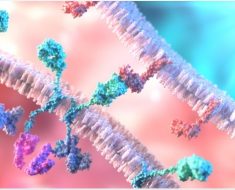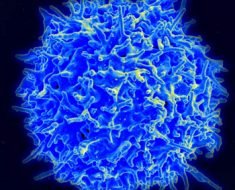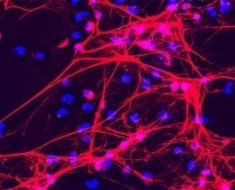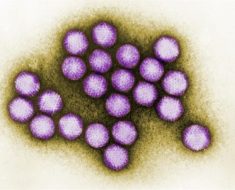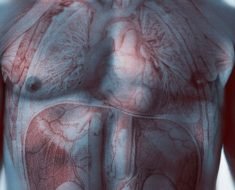
Researchers at the MRC Laboratory of Molecular Biology (LMB) have revealed the atomic structures of the abnormal tau filaments associated with chronic traumatic encephalopathy (CTE), a head injury-associated neurodegenerative disease, and found that they differ in structure from those seen in Alzheimer’s disease.
The study, published in the journal Nature, could lead to improved diagnosis of the disease, which is often not made until after death, and the development of new treatments to prevent its progression.
CTE is associated with repeated blows to the head, particularly in relation to contact sports, such as boxing, rugby and football. The symptoms of CTE include behavioural changes, confusion and memory loss. The exact causes of the disease are not fully understood however, and it is not known why only some people exposed to repeated head injury appear to develop the disease. The condition was first described in the 1920s and was known as ‘punch drunk syndrome,’ and later dementia pugilistica, because some ex-boxers developed dementia.
Two years ago, the same group of scientists at the LMB revealed for the first time the atomic structures of the tau filaments which lead to Alzheimer’s disease. CTE, like Alzheimer’s, is associated with the abnormal build-up of tau protein in the brain. This study used the same technique to discover that CTE has its own unique structure of tau filaments.
The researchers extracted tau filaments from the brains of three individuals with CTE post-mortem: one former professional American football player and two former professional boxers. The filaments were then imaged using the cryo-electron microscopy facilities at the LMB, Diamond Light Source and the University of Leicester. The team found identical tau structures from the three patients with CTE that were different from those seen in Alzheimer’s. One striking difference between the CTE and the Alzheimer filaments was the formation of cavities in the CTE filaments, which are filled with other molecules.
Sjors Scheres, a research leader at the MRC LMB and lead author of the study, said: “We don’t know the chemical nature of these molecules yet, but we suspect they may play a role in the assembly of tau into filaments, and that their abundance may determine why some individuals develop CTE and others do not. The next stage of our research will be to identify these molecules and understand more about their role in tau assembly, as they may represent a possible target for drug development.”
Michel Goedert, a research leader at the LMB who co-led the study, said: “The fact that the structures of the tau filaments were identical in the American football player and both boxers suggests that we’ve found a new criterion for post-mortem diagnosis of the disease. Our new knowledge of these structures could make it possible to diagnose CTE in living patients by developing tracer compounds that will specifically bind to the tau filaments of CTE.”
Source: Read Full Article
